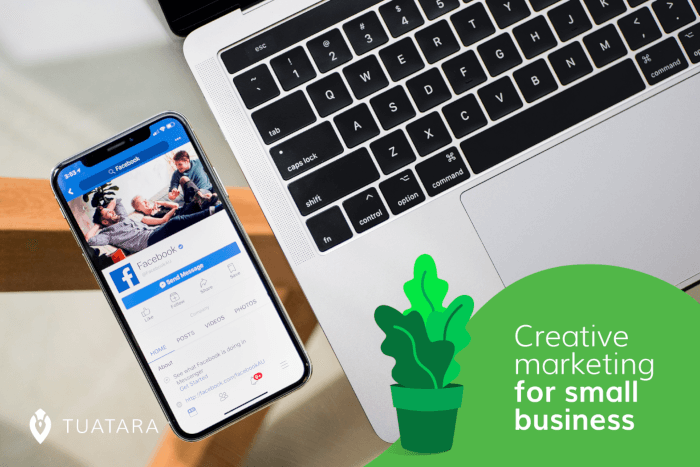
As the years go by, we hear more and more about terms, applications, formats and novelties in Digital Marketing. In this case, let’s talk about Marketing Automation. Have you heard it? don’t worry, here we solve your doubts.
This process, although it is not new, has returned to be in the eye of the hurricane of Digital Marketing strategies. It causes a lot of interest and skepticism at the same time, but it is actually a practice that can turn efforts into measurable and achievable results.
What is it?
Marketing automation is, as its name says, having a constant communication with people registered in a database who showed interest in a specific product or service, without having to write weekly, daily or monthly, but using a system that allows you to create a series of messages that are scheduled and sent on the desired dates.
For this purpose, software is usually used to visualize, build, segment and qualify the messages to be sent.
The automation process brings as main benefits, savings in personnel, improvement in productivity times, greater control of user segmentation. This, while generating lead generation efforts in conjunction with other Digital Marketing strategies.
Why use it?
To have more time to look at future strategies.
Marketing automation usually has a great initial effort, because you have to think about the whole communication tree and the generation of its content. However, once you have everything set up, efforts are directed towards getting leads to start the flow.
Let’s be more specific about its benefits:
- It allows you to manage processes that otherwise could not be done or would take too much time and effort.
- Efficiency is one of the great weapons, because it is possible to carry out processes without investing time and money in research.
- It gives the option of having more control over marketing actions while obtaining a detailed status of the impact on the strategy being executed.
- It helps the structures created to be adequate for the actions of the members of a database to be channeled, so that information and content can be delivered to the right user at the right time.
- It provides a more precise segmentation at the moment of acting in front of the user according to his behavior in front of the information received.
Lead Nurturing and Lead Qualification
These are two terms that go hand in hand with marketing automation. To reach this point, the visitor of a web page must perform a specific action within it, such as filling out a promotion form. At that moment this user becomes a lead and begins its journey in a funnel or automation flow.
Once this lead enters the automation flow, lead nurturing is performed, which in simple words is a chain of messages sent automatically.
Within the construction of content of interest to the lead, we think about what else he/she might be interested in receiving. This content is sent to the lead’s email and “nurtures” him or her, making him or her advance on the buyer’s path.
Depending on the interactions that this lead has with the messages sent, we are going to give him a score, this is called Lead Scoring. The intention of giving a score to the leads is to know at what point of relationship they are with your brand or product, are they just starting to know your value proposition or are they ready to talk to sales?
As more leads enter the automation flow, we understand which content generates the most interest, learning from them and improving for the next contacts. In this way, the company will know how to effectively direct communication with content of interest in order to make a sale.
Lead Scoring
Understanding the concept as discussed above, it is important to mention that two lead scoring models can be created:
Lead Scoring: It is a model linked to the process of attracting new customers to be registered in a database. In this way it will be known if the users are open to receive more direct commercial information or not. If the response is positive, we proceed to promote in such a way that they feel encouraged to continue with the purchase process.
Loyalty qualification: These models are linked to upselling and crosselling processes; that is to say that a customer who has already purchased a certain product, depending on the market in which the company is located, is qualified according to the seasonality within the flow until he/she makes a purchase again.
Lead Nurturing
This is another fundamental concept in marketing automation, whose objective is to nurture leads from a database.
Once they enter an automation flow, it is linked to the scoring process, directing emails according to the lead qualification.
This process is more than just sending emails automatically, it can also be executed in other digital marketing processes that move the user towards the buying process. These actions can also be chats integrated to the web, retargeting ads, personalized ads in social networks, etc.
Like Lead Scoring, this can also be taken to the same scenarios:
Capture Nurturing: Through this system of actions, the aim is to prepare people who are not ready to buy to do so.
Loyalty nurturing: It allows to know what type of content should be sent to customers according to their characteristics and behaviors.
What we have described in this article, marketing automation encompasses many more processes, edges and systems on which you should study if you want to become an expert on the subject and be able to apply it to your product or service.
Read also: Case study: E-commerce Pacific, digital transformation in the food industry
However, if you do not have the time to dedicate yourself fully to this task, you can seek help to boost your business. Contact us!